Group A. Naomi, Yiling & Ella
When we awoke today, the sun was streaming through the massive tropical trees of Kakamega National Reserve. This morning was our first glimpse of the forest, since we arrived and set up in near darkness the night before. After a wonderful breakfast, we assembled for a 9 AM forest walk with our guide Job.
Job, who grew up here, knows everything there is to know about the biodiversity of Kakamega. Today he gave us a brief overview of the forest (its species composition, its structure, and its uses by the local community), and was more than willing to answer all of our questions. Before we set off, he told us about the ground dwelling safari ants that will climb up your ankles to bite your legs. We were warned by Dr. Lougheed that previous students have had to shed their pants to get rid of them. With that in mind, we set off.
Here is a list of some of the first fun facts we learned about Kakamega: It is a remnant of the massive Guinean-Congo forest belt that once stretched from the Congo to Kenya; Kakamega encompasses over 240 square kilometers. It houses over 500 plant species, 45% of Kenyan butterfly and moth species, 400 bird species and five species of primates including the black-and-white colobus monkey, blue monkey and red-tailed monkey, and olive baboon.
As we walked deeper into the forest, we learned about some of the fascinating tree species. There’s the endangered Prunis africanis (red stinkwood), which can grow to 45 to 50 meters tall. It provides important habitat for the goliath beetle, and is used by locals to prevent prostate cancer. We also learned about the olive teak tree, a backbone species, and the preferred habitat of the endangered African grey parrot. We also saw a huge Ficus bubu – over 400 years old. One of the coolest tree species we learned about was the strangling fig, a member of the Ficus genus. It’s a hemi-parasitic tree that only germinates after being passed through the digestive tract of a bird. The seed is left high up in a host tree where it germinates, and grows downward,eventually surrounding the host tree. We saw this species in three stages of development. First in a premature stage where the fig had only been growing for a few years. Next we saw an intermediate stage, where the host tree was still alive but the strangling fig covered most of its trunk. We then saw the final stage where the fig tree had killed it’s host – leaving a hollow centre. We saw many other amazing species, including lots of awesome fungi and the very prominent Dracena fragrans, which made up the middle layer of the forest.
We spent the afternoon searching for, identifying, and cataloguing the many species of butterflies in Kakamega. Each group was given a field guide, and set off into the forest. We spent an hour and a half searching for fast moving butterflies that either would not sit still for pictures or would not open their wings to show us their distinctive markings. In total we found only 27 of the 488 butterfly species in Kakamega. Some notable mentions were the blue mother of pearl, the forest mother-of-pearl, and the Kakamega forester. The most commonly seen were the brown pansy.
We had an excellent first day in Kakamega forest, and while we’re still adjusting to the squat toilets, we’re so excited for the rest of our stay.
- Gina foresat snail, perhaps six cms long
- Final stage of strangling fig growth
- Middle stage of strangling fig grwoth
- blue mother-of-pearl
- Class in fron of buttress roots
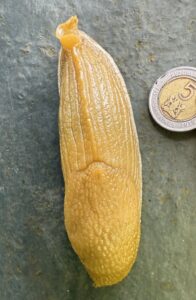
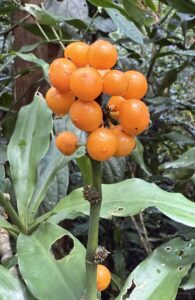
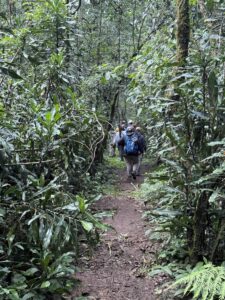
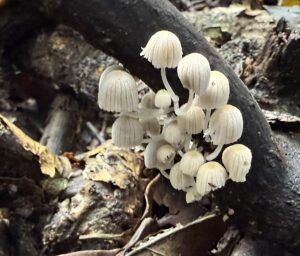
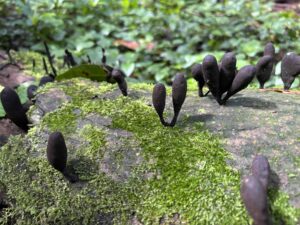
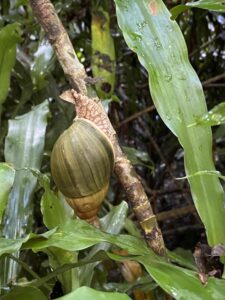
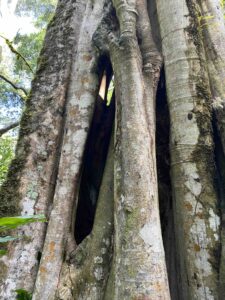
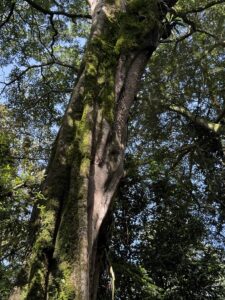
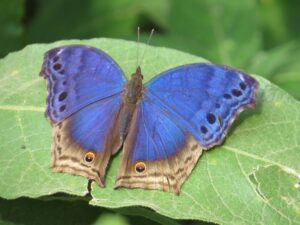
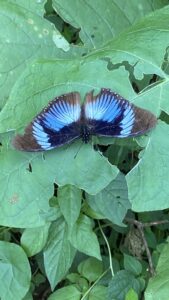
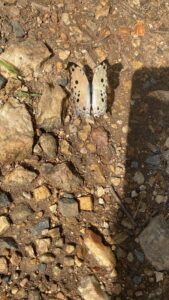
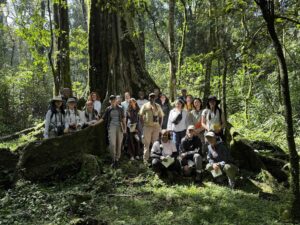
Leave a Reply